First looks of Ramen Taka
A newcomer has arrived in the middle of the ramen-ville of Robson and Denman intersection. Ramen Take is a fresh import from Japan, specializing in Asahikawa ramen of Hokkaido. They have taken over Ramenman’s spot at 841 Bidwell. Formally named as Ramen Takanotsume, it is the ramen chain’s very first shop outside of Japan, after four in Hokkaido and one in Tokyo.
The storefront is decorated with Japanese elements for authenticity – paper lanterns and entrance curtains stamped with Japanese calligraphy, wood-structured patio, and the replica display of their signature dishes visible for whoever walks by.
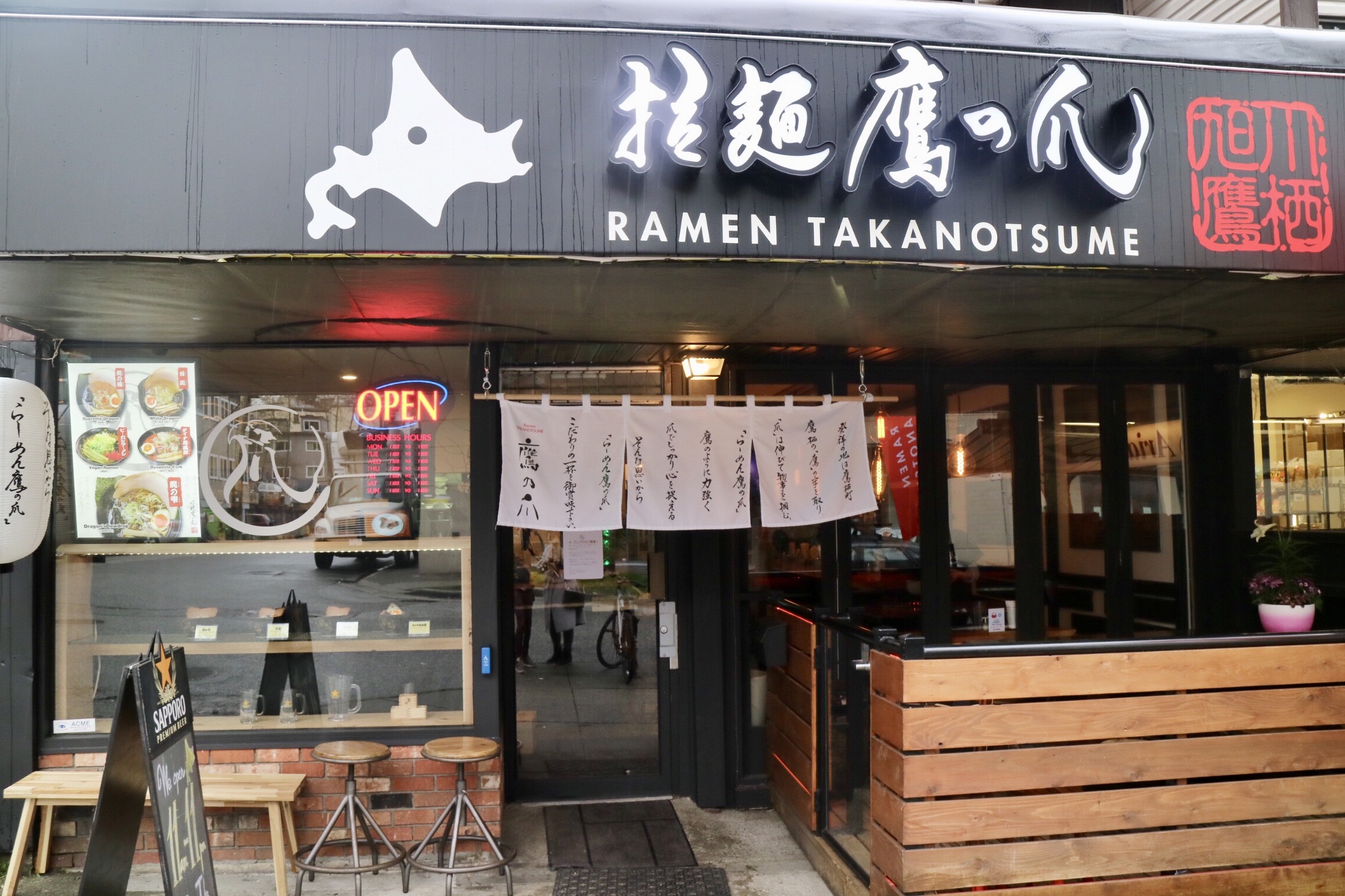
The shop’s stories are printed on wood panels presented on the walls. Their name Taka comes from Takasu, meaning “eagle resides” in Japanese, also a neighboring town to Asahikawa with just over 7000 residents. Their logo features the Japanese characters for “talon of the eagle”, and the images of a soaring eagle is all over the 25-seat premise.
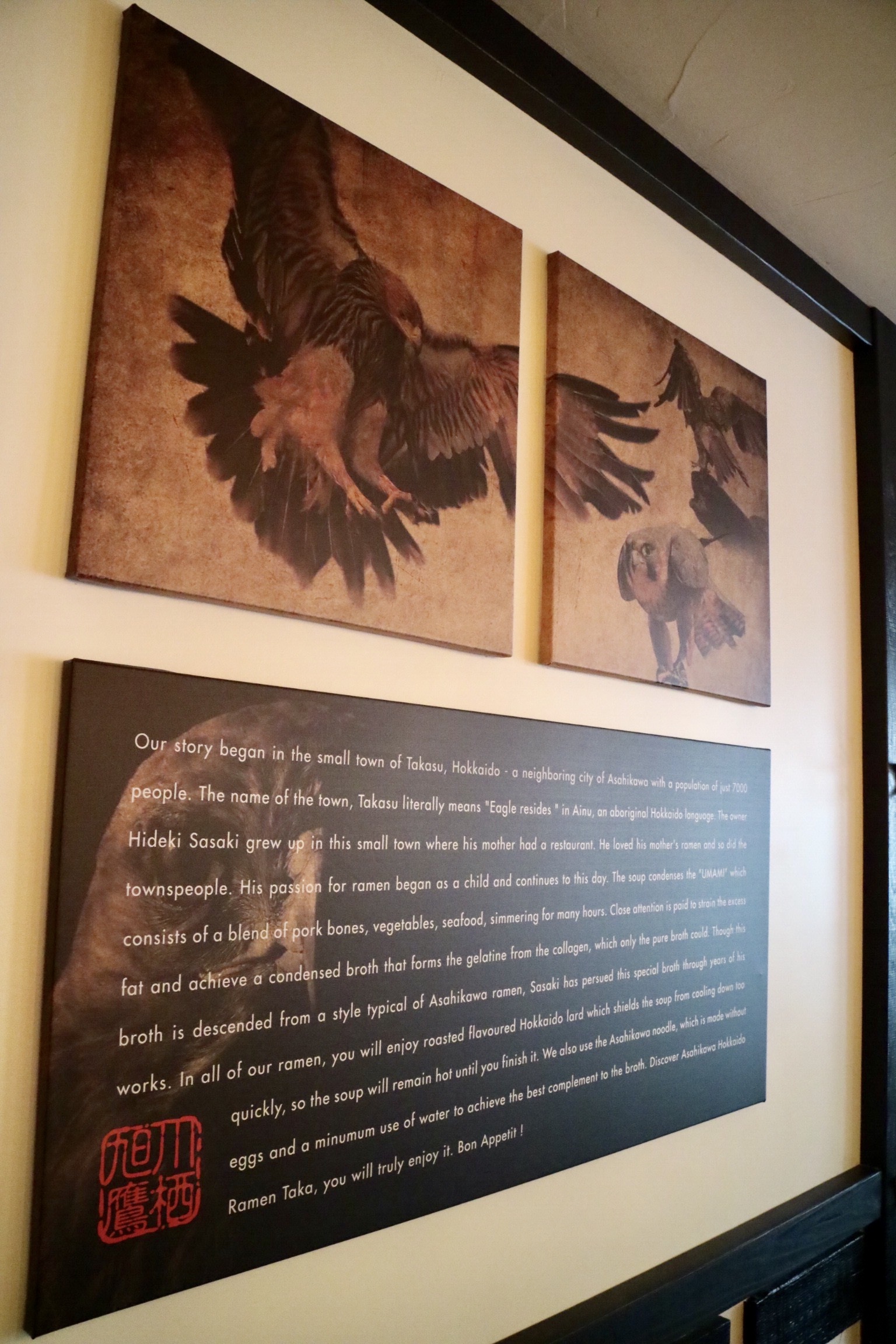
I came here with my friend Maggi (@Magmei) for an interview and tasting and was greeted by their spokesperson Heidi Hamano. Heidi told us about the founder Hideki Sasaki, who began his quest of perfecting his mother’s ramen recipe about 12 years ago. When Chef Sasaki decided to spread his craftsmanship overseas, he chose Vancouver for his international debut, interestingly, for the water in the city, with a quality blessed by the nearby glacier, and to be matched by the water back in his hometown near Asahikawa. As everyone should know, water is fairly important in the craft of broth making and noodle cooking.
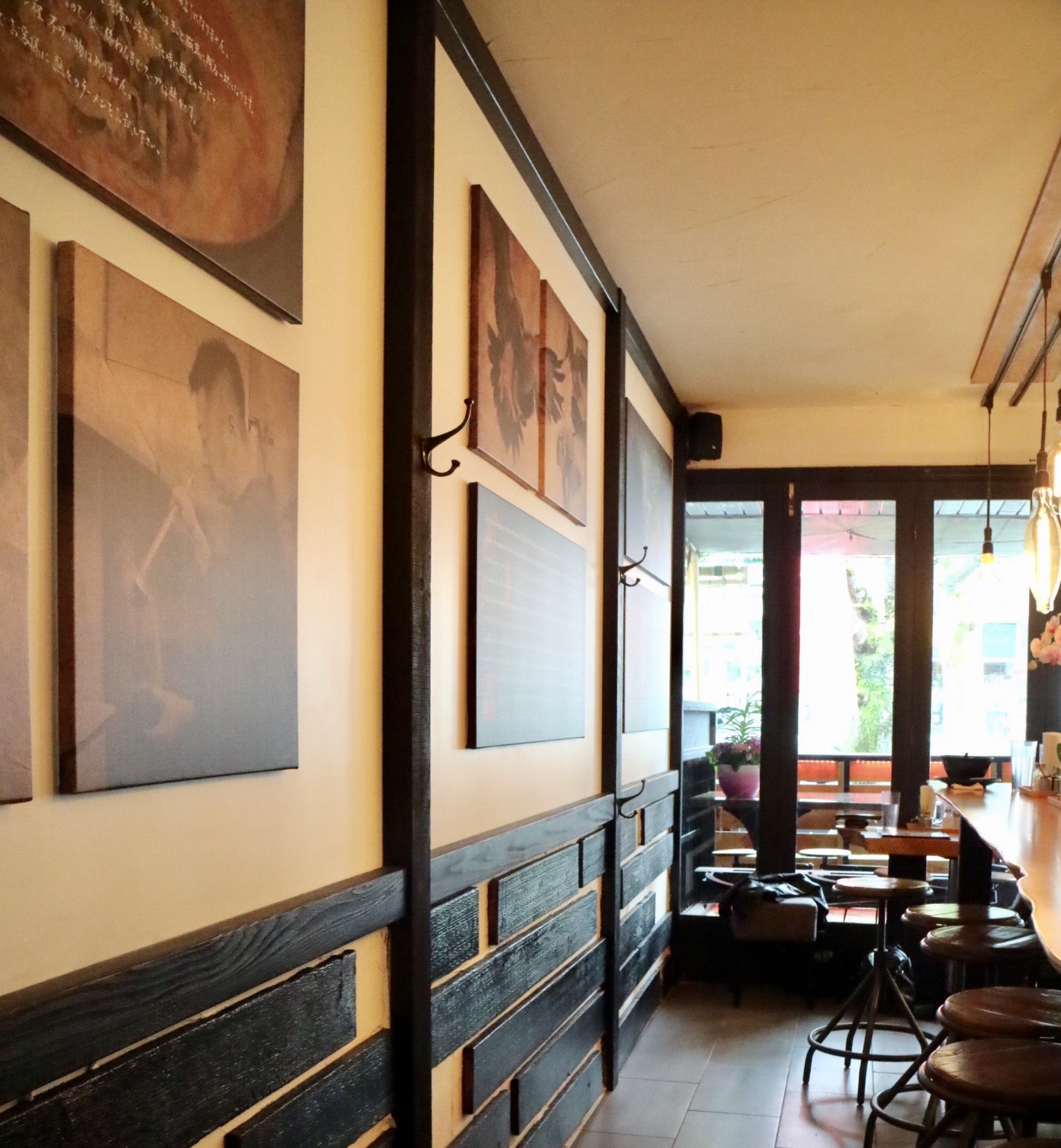
Zangi Chicken
We started the meal with the Zangi Chicken, their version of the Chicken Karaage. The batter was rather rustic compared to most of the Japanese fried chicken that I had tried, rather crunchy than crispy. And the crunch remained even after it got cold. The meat inside was moist but slightly bouncy, perfect to munch on for a texture guy like me.
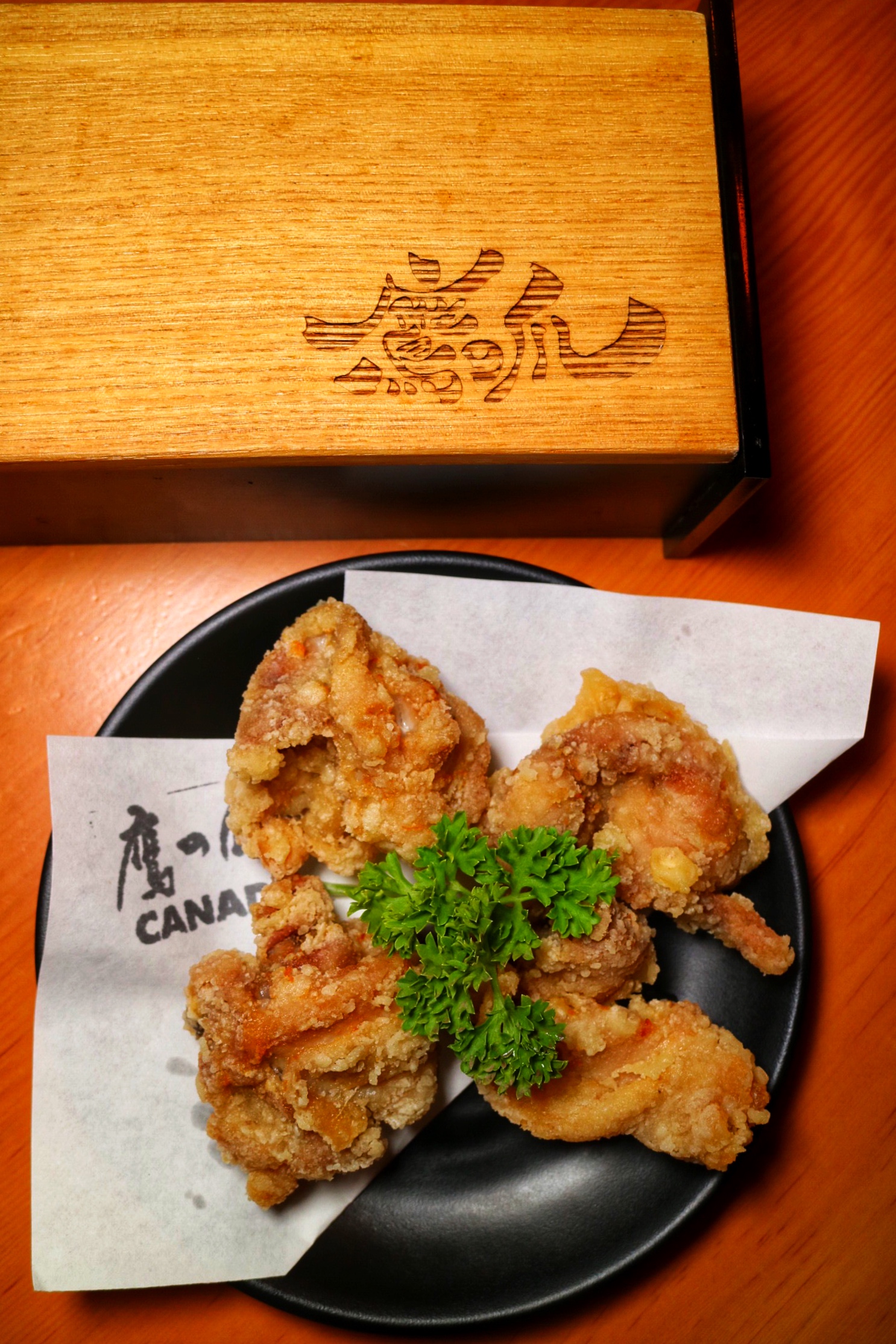
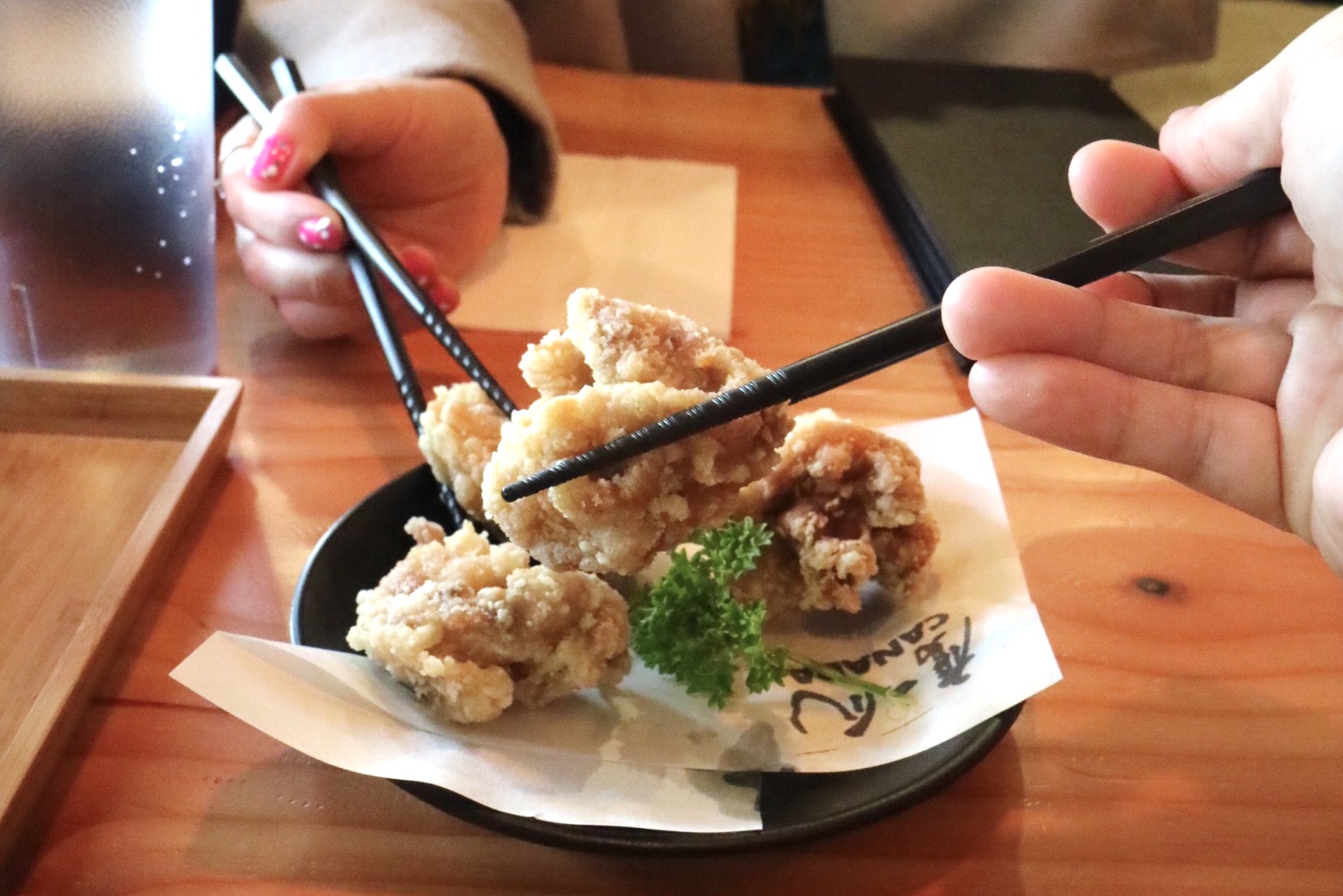
The shining star: Shoyu Ramen
Whereas Sapporo in Hokkaido is known for the miso-based ramen, Asahikawa is known for its shoyu (soy sauce) based broths. So here it is, the Dragon’s Dewdrop, their signature shoyu ramen, prepared with rich but clear tonkotsu broth with a gleaming layer of oil.
The presentation was stunning with the piece of chashu pork over nori shaped like the spreading wing of an eagle. The pork looked a bit dry. But according to Heidi, the dryness is part of the design for soaking up the flavours in the broth.
Spooning up some broth, I felt the warmth as it was reaching my lips. Although I was being careful, the sip of broth from the spoon still sent a tiny burning sensation on my tongue, but followed by an explosion of umami. The taste of umami lingered on with a long finish. It’s a perfect demonstration of how the layer of clarified lard locks in the flavour and also keep the broth hot and comforting, perfect for any cold winters, in Hokkaido or anywhere else.
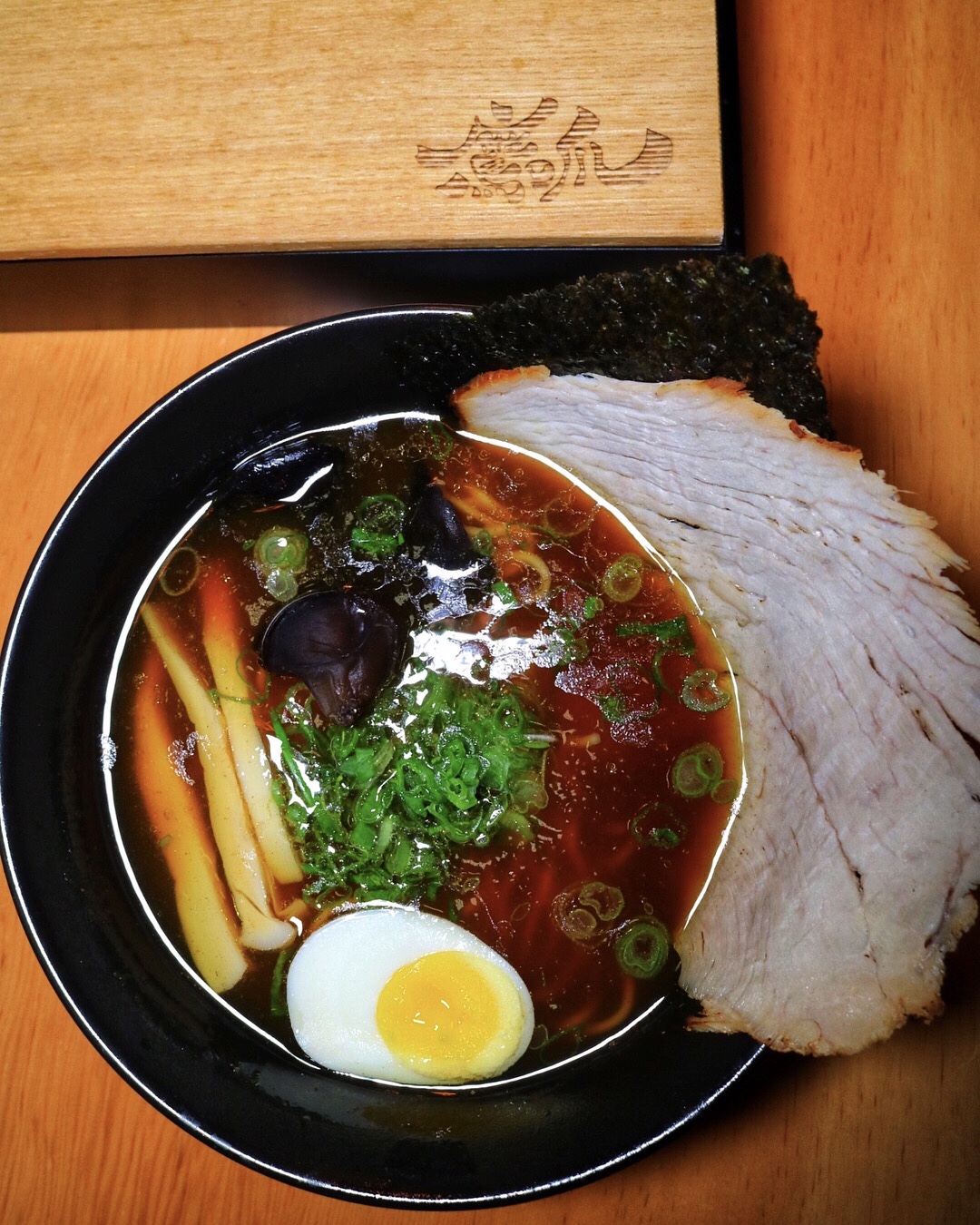
The Asahikawa ramen noodles are thin, chewy and wavy, purposed to soak up all the good flavours in the broth. And as rest of the goodies – soft boiled egg, bamboo shoot, black mushroom and green onion, all were cooked nicely. If this matters to you, they serve a whole egg in each bowl, cut into halves, whereas other places usually give you only half of an egg.

Maggi’s Supreme Dragon uses their miso-based broth, prepared with white miso, red miso, and a mix of fruits yet to be revealed. Very unique in flavour and rather salty if drank by itself. Despite the extra effort put into the miso broth making, I rather prefer the shoyu broth as I could taste the complexity of the tonkatsu broth a little more.
They also have clear broth in a thermal bottle ready to be added to your bowl so that you can drink the rest of the soup when you finish eating. With such amount of work put into those delicious broths, it is a great Japanese ramen custom to follow and not to waste one single drop of the broth.
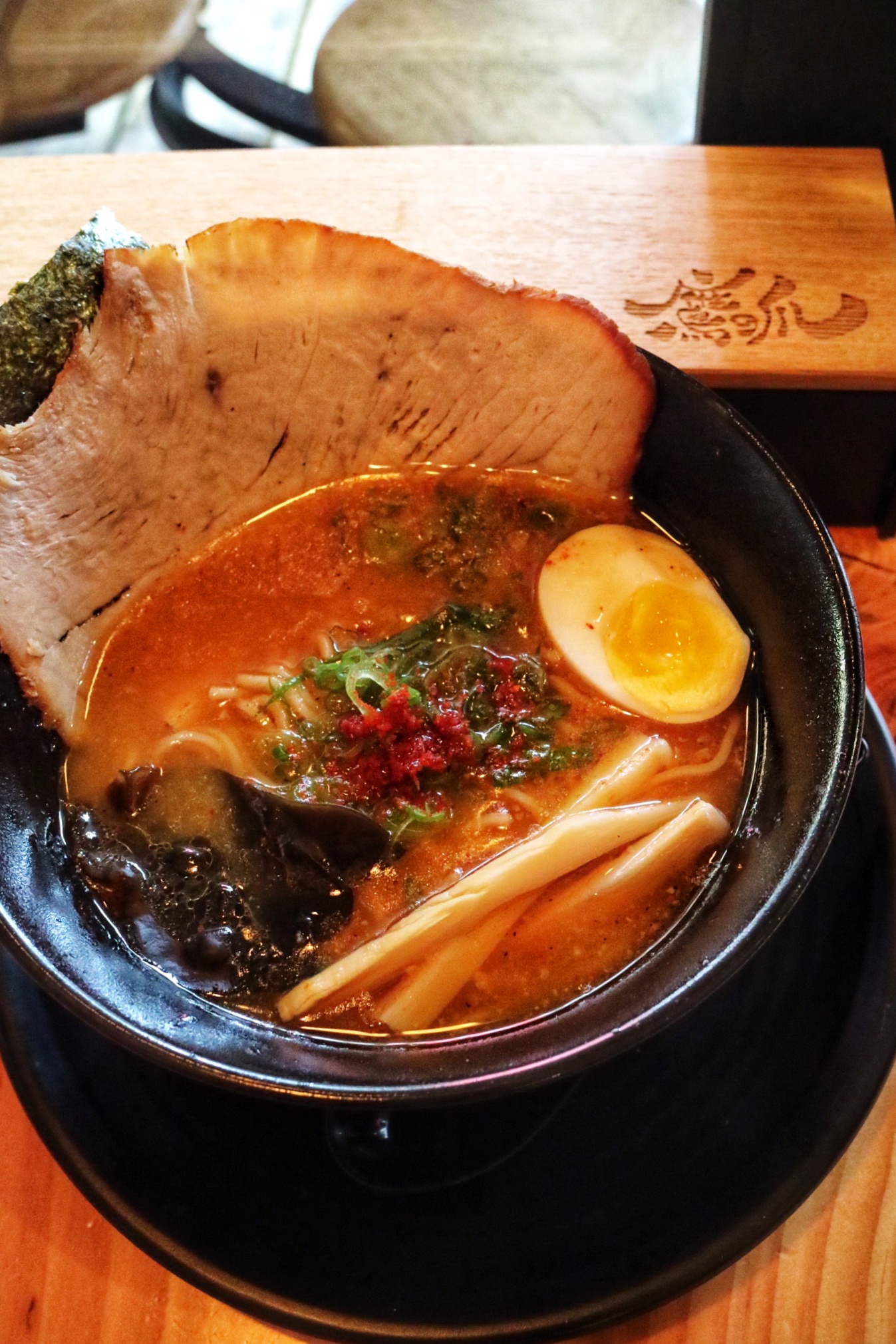
The White Dragon with shio (sea salt) broth and Dynamite Pork with spicy miso can be also found on the menu. With only 4 regular types of ramen, the smaller menu shows that the chef rather focuses on the quality of food than the number of selections and craftsmanship than extravagance. However, the they will feature a chef’s special from time to time, such as a Deluxe Truffle Ramen for their grand opening on April 9.
Ramen Taka
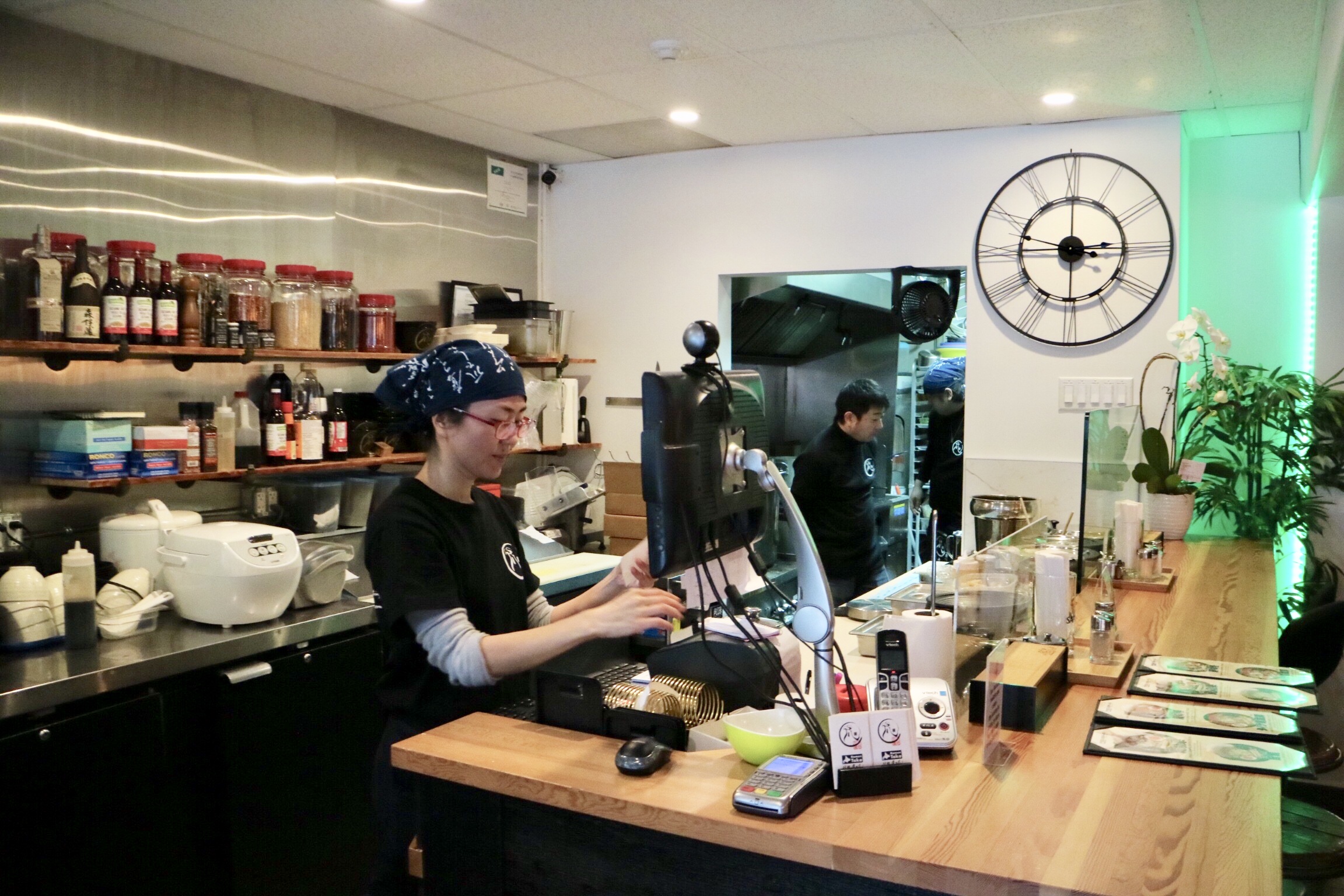
There’s a full bar at Ramen Taka serving sake, whiskey, local wines and local beers. But the main star is the Otokoyama Junmai sake from Hokkaido. According to Heidi, the owner of the sake brewery is a friend of Chef Sasaki, making the sake’s availability in the city only exclusive at the ramen shop.
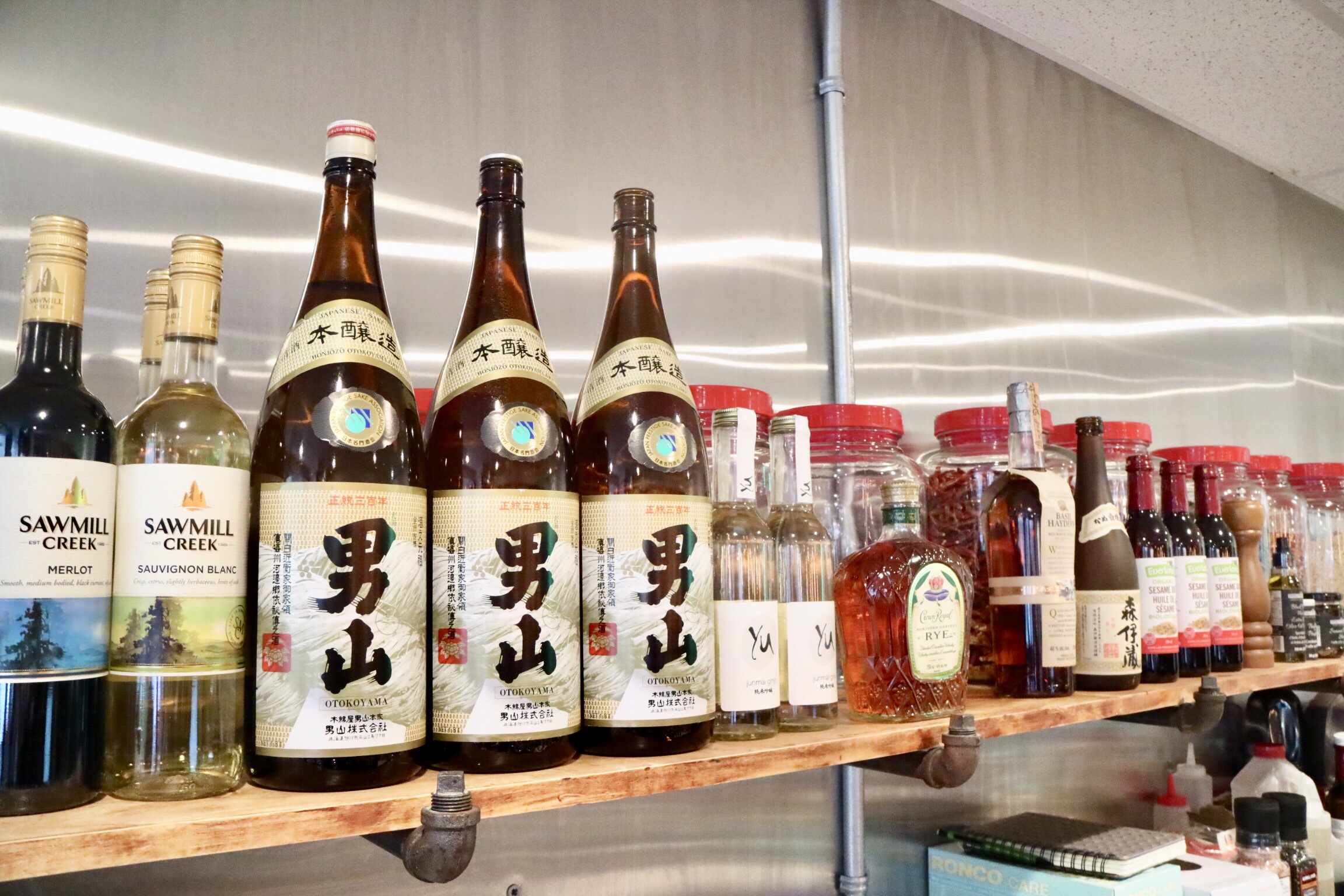
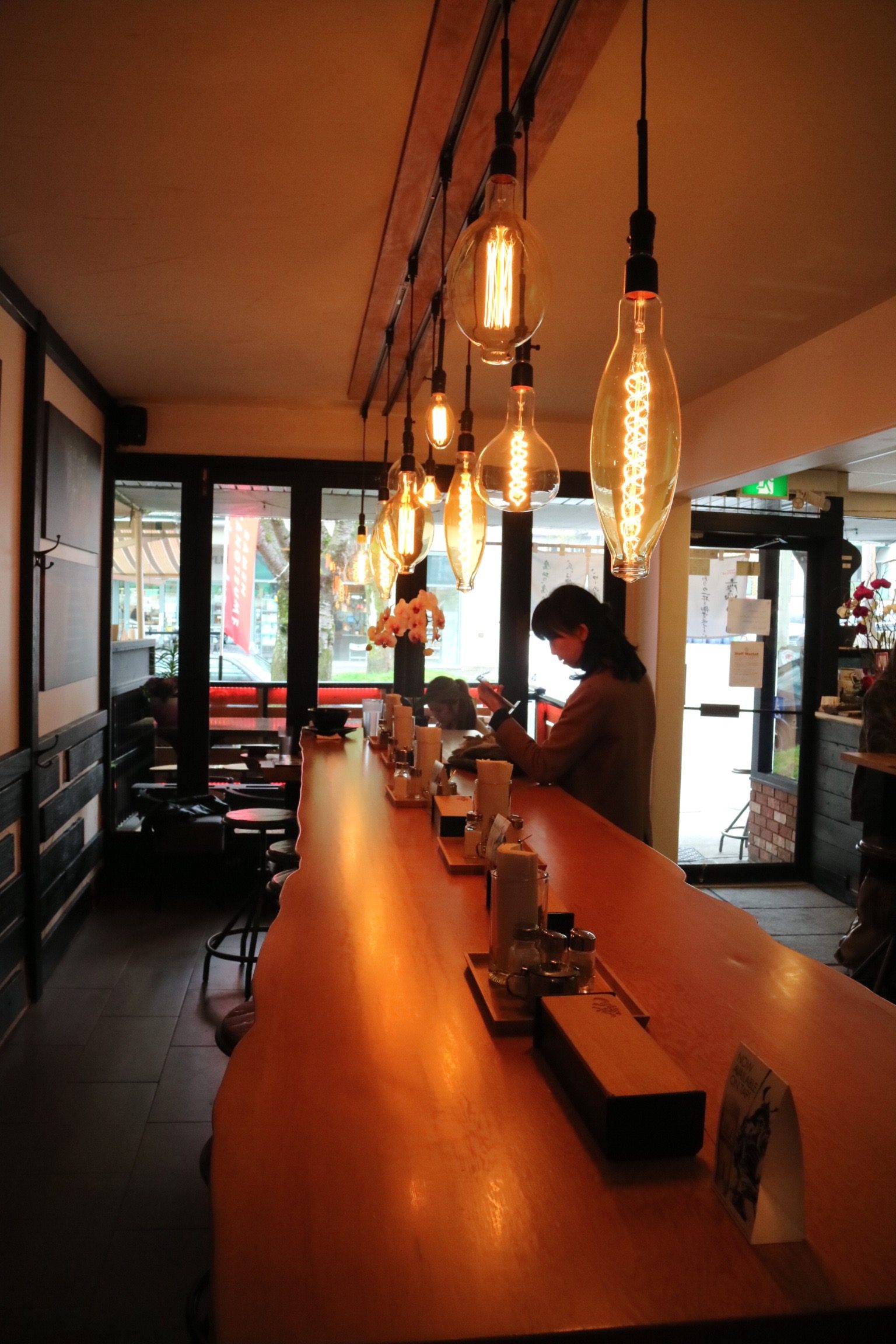
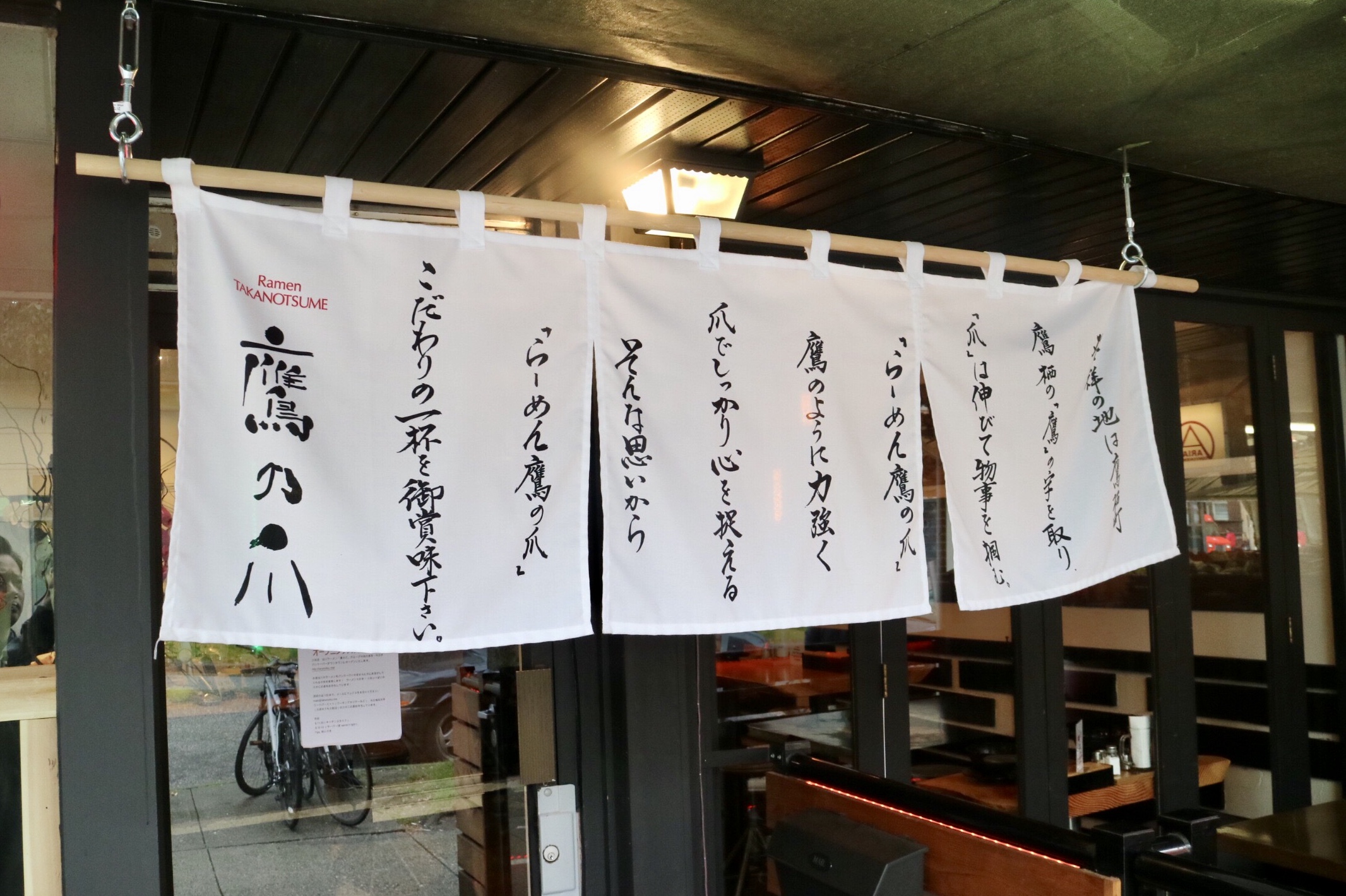
Overall
This is one of the best Japanese food experiences since I visited Japan a year ago. The food here at Ramen Taka really reminds me what I had in Japan, unique, bold and delicious. I highly recommend the shoyu ramen (Dragon’s Dewdrop) for the very first taste because it represents the authenticity of the great Asahikawa ramen in Hokkaido. The food quality here is just like their symbol, a soaring eagle that is high above many others, which has earned them a top-3 spot in my book.
* All food tasted in this post were complimentary. Opinions are on the reviewer’s own.
price: $$
rating: [wp-review id=”14070″]
Ramen Taka
841 Bidwell St, Vancouver
(604) 620-3371 or takanotsu.me
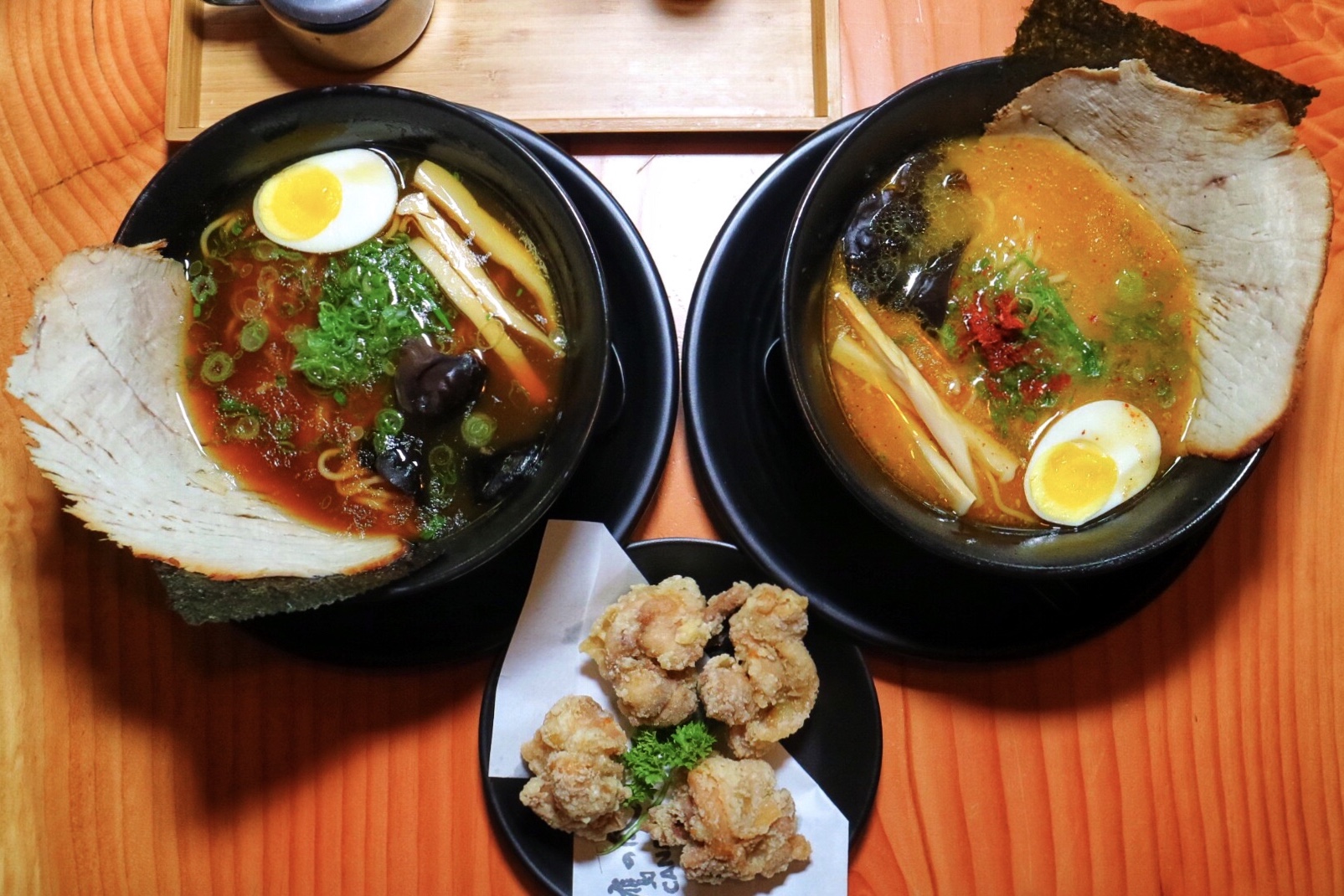
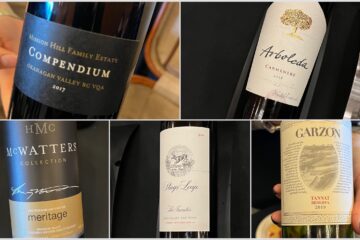



Pingback: H Tasting Lounge offers cocktails of aesthetic pleasure - PickyDiners.com
I think you probably meant “tonkotsu” broth. Tonkatsu is a breaded and fried pork cutlet. Also, when talking about sake, the word is “junmai” not jumai.
Thank you!